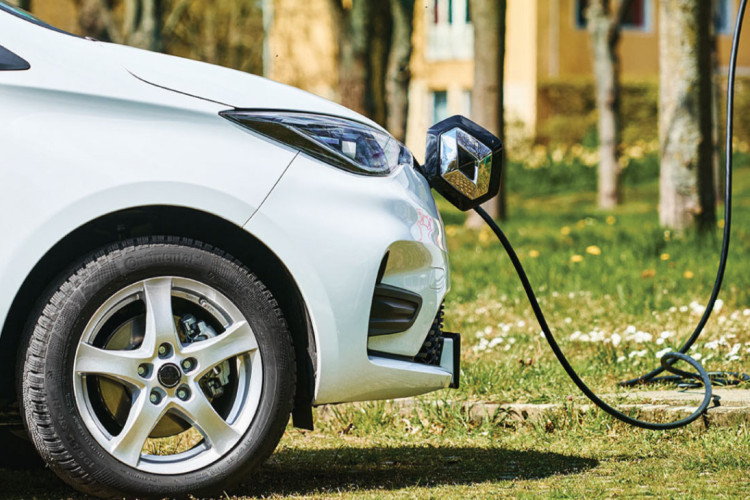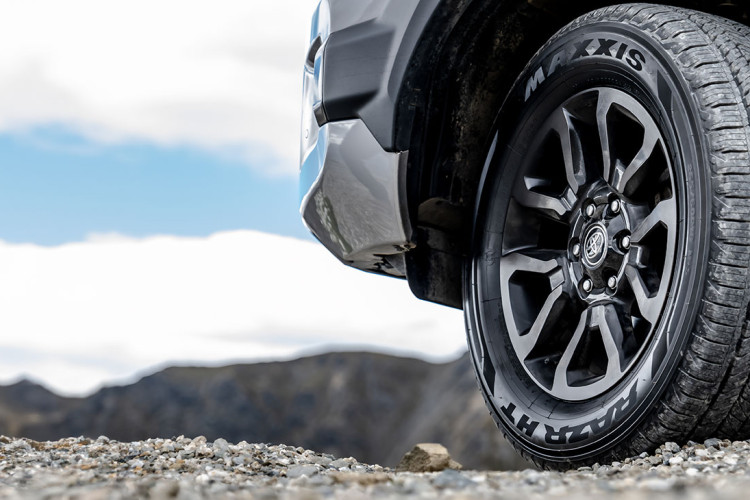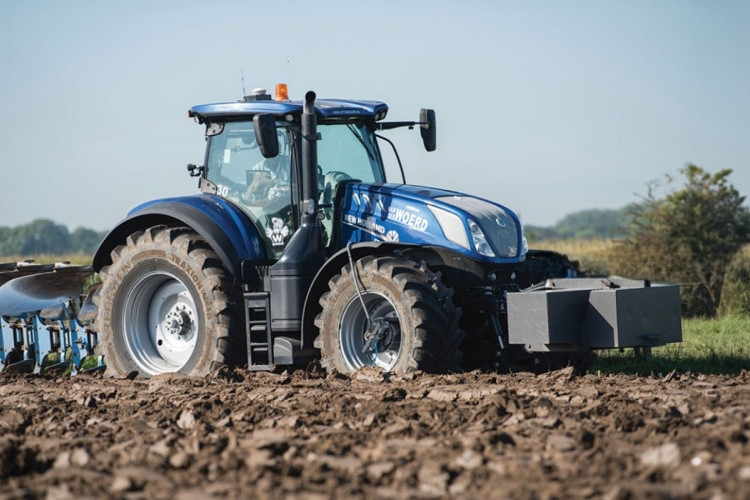Tyre TestsTractor tyre test: Best in premium class
Ask anyone about Continental Tyres and it’s likely they will describe them as a premium option. A brand that if not considered the very best, is placed up there on the podium with the best. But...throw in the word ‘tractor’ and the answer might be a bit more varied.
And that’s fair enough, because tractor tyres bearing the name Continental have been a bit varied too. From 1928 to 2004 things were good and Continental built themselves a solid reputation in the farm tyres world. Then between 2004 and 2017 , Continental farm tyres were made under license by a 3rd party. Suffice to say they were Continental in name only and not in quality or in technological advancement. That changed in 2017 when Continental wrestled them back in-house once more. We’ve blogged before about how they’re ‘back in the paddock’ and on course. Now they’ve been put to the test by the people we can only describe as the most focused, exacting and detail orientated bunch. For the fine folk at DLG in Germany probably conduct the second most rigorous tests in the world. The people that beat them to number 1 spot? Continental. Which means they must have been relatively confident when submitting their new tractor tyres for assessment then.
That Testing Regime
The DLG test ‘Performance Review in Premium Class’ set about pitching the new Continental tyres against the other leading premium tyres on offer.
The Continental Tractor Master Tyres were to be tested for efficiency in different applications. Consistent control measures were in place (same soil and slip conditions) to ensure valid, comparable results.
The vehicle used in the testing was a Fendt 828 Vario for both field and road testing. Another Fendt (a 933 Vario) was drafted in for use as a braking tractor to record the load simulation. One the front axle was a pair of 600/70 R30 tyres. A pair of 710/70 R42 adorned the rear. Tyre pressure was 0.8 bar on the front axle and 1.0 bar on the rear axle.
Then there was an array of sensors and other gadgets attached to the machine and also the wheels. It’s all very complicated and requires painstaking attention to detail and incredible patience. Thankfully, DLG takes care of all the complex stuff. We get to enjoy the results.
Fuel Consumption (in the paddock)
Big machines with big fuel tanks do some thirsty work. So it’s no wonder that fuel can be a hard cost to swallow at times. Any saving can make a reasonable difference to the profitability of an operation. No surprise then that the first couple of tests zoomed in on how much of the smelly stuff was being burned through.
First up was a look at consumption at constant driving speed and under constant tractive load.
To ascertain the specific fuel consumption a constant tractive load of 50 kN was used. Against the premium competitors, the Continental TractorMaster charted favourably. With the competitors posting specific fuel consumption figures of 334 and 335 (g/kWh), Continental led the way at 320 g/kWh.
These results become even more telling when we add in the ground coverage, as measured in hectares per hour. Here, the TractorMaster once again came out on top. The difference in slip behaviour impacted the working speed, as the Continental Tyre went on to record an area treated per hour (ha/h) of 4.67. This was an improvement of 3% over the last placed tyre and 2.5% versus the second placed tyre.
With these measurements, DLG was then able to extrapolate the resultant fuel consumption per hectare. The TractorMaster recorded a usage of 10.7 litres per hectare, just under the figures recorded for the premium rivals.
If this is all getting a little confusing and bogged down in detail (DLG testing is nothing if nor detail orientated) then we should put it another way. The tests so far show the Continental tyre as using less fuel and able to cover more ground than the premium competitors. Or in even simpler terms, it costs less to do more.
Fuel Consumption (on the road)
Then it was onto the road to test the tyres as they carried out some transport tasks. This was carried out on a 36km section of track with varying gradients. The load conditions on the various gradients had an impact on speed and fuel economy. To note, the tractive load used was a trailer. The variation of testing on hill and flat sections were weighted equally. But differing speeds were recorded on the flat sections (of 60km/h and 50 km/h) in order to ascertain any advantages and possible fuel savings under a slightly reduced operating speed. It was pretty much even across the board in these tests, with no discernible difference between the brands. The biggest take-home message was the proven advantages for all tyres in fuel consumption, when being driven at 50km/h rather than 60 km/h.
Tyre Efficiency
The next test was to look at tractive output under soil conditions. In case you're wondering (and even if you weren't) the soil conditions were described as ‘wheat stubble grubbed; black earth consists of loess, middle soil humidity 10% in around 10cm depth’. So now you know.
The engine power of the tractor at takeoff was compared by a PTO (Power Take Off) measurement taken from the DLG power take-off test bench. The tyre efficiency was then calculated based on the engine/PTO power compared to the tractive output at constant speed. This is represented as an overall percentage, the Continental tyre coming top once more at 67.3%, compared to 65.8% and 64.4% for the competition.
Conclusion
Ok, so this is quite a lot of information to take in (try reading the full report if you wanted to be properly bamboozled by the comprehensive testing these guys carry out). But we should cut to the chase and draw some conclusions as to what it all means. Well, to put it as simply as possible, it means the Continental TractorMaster tyres came out on top. They didn’t just beat their premium rivals as much as they gave them a pretty thorough and comprehensive kicking. They use less fuel, cover more ground and are the most efficient.
Or we could summarise with what Continental say themselves: “Overall, these tests demonstrated that fuel consumption when driving on TractorMasters is significantly below that of the tested reference tyres. The tyre plays to its strengths in particular in the combination of fuel consumption with the determined ground coverage in hectares per hour: the TractorMaster does its job some three percent faster than the comparable third-place reference tyre does across the same surface area. The agricultural tyres from Continental also exhibit the highest tyre efficiency in terms of the ratio of tractive output to power take-off (PTO). In the overall results, the Continental TractorMaster beats the reference tyres in all test categories by a clear margin, and has been officially granted the DLG test mark. In particular, the low fuel consumption in field use proves that the TractorMaster is the right choice for any farmer looking for efficiency and cost-effectiveness.”
But in brief, because all of that was quite a lot of words, here’s a faster summary of the test result. It means Continental gets a fancy DLG Test Mark for: fuel consumption, area treated per hour, tyre efficiency and DLG PowerMix transport cycles.
It means you get an outstanding tyre that’ll save you money and work hard.
Finally, it means Continental is a serious player on the ag market once more with tyres that are too good to ignore.

Try the new Continental and prove the benefits in the field, on fuel consumption and on tyre efficiency.
-
Topics:
- Tyre Tests
More tips and articles

Tyres for Electric Vehicles

Product Spotlight:
Maxxis HT780 RAZR HT

